Pneumatic butterfly valve model name coding method
Pneumatic butterfly valve model preparation method, code naming method, only in China
Pneumatic butterfly valve is one of the most common valves in industrial piping systems. It has the functions of switch cut-off, proportional adjustment, and emergency cut-off. It also has rapid switching, simple structure and

ductile iron, DI, butterfly valve, manufacturer, center line, TH valve
easy maintenance. It is used more and more on low-pressure large and medium-diameter pipelines. ! However, due to the various connection methods and structural forms of pneumatic butterfly valves, many people are often uncertain when choosing butterfly valve models. In order to reduce this situation, our company provides pneumatic butterfly valve model compilation instructions for everyone. Reference and understanding!
Pneumatic butterfly valve model preparation instructions include the addition of additional conditions for the butterfly valve, the difference in connection methods, the upgrade of the transmission mode, the change of the structure, the level of valve pressure, and the requirements for temperature, pressure, corrosion and material. Hope It is helpful to everyone in the selection! To
Pneumatic butterfly valve model representation method:
Additional codes for pneumatic butterfly valves: BD thermal insulation butterfly valve, SD telescopic butterfly valve, TLD desulfurization butterfly valve, DH check butterfly valve, DKS fast butterfly valve, FDBD square louver butterfly valve;
The code of the butterfly valve: D represents the butterfly valve;
Transmission form code: manual (omitted), 3 means turbine drive, 6 means pneumatic drive, 7 means hydraulic, 9 means electric;
Code of connection mode: 4 flange type, 6 welding, 7 pair clamp type; Structure code: 1 means centerline type, 2 means double eccentricity, 3 means triple eccentricity, 4 means variable eccentricity, 5 means single eccentricity;
Sealing material code: H stainless steel, X rubber, F polytetrafluoroethylene, FX composite rubber, M Monel alloy, Y cemented carbide, W valve body directly processed;
Pressure grade code: 10=PN1.0Mpa, 16=PN1.6, 25=PN2.5, 40=PN4.0, PN is the code of domestic pressure, MPA is the unit of pressure, one kilogram is equal to 0.1Mpa; Class150LB=1.6 mpa, 300LB=2.5-4.0mpa, Class is the American standard code, LB is the American standard pound unit. Shell material code: C cast steel, P stainless steel 304, R stainless steel 316, AL special alloy steel, Z cast iron, Q ductile iron, N nylon. The above are common butterfly valve related codes. For products that need to be customized due to special working conditions, they can be selected according to the design plan.
Pneumatic butterfly valve model compilation instructions:

D673H-16C-stainless steel pneumatic triple eccentric butterfly valve
D673H-16C Stainless steel pneumatic wafer triple eccentric butterfly valve
D: Represents butterfly valve;
6: Indicates that the transmission mode is pneumatic;
7: The connection method is a wafer connection;
3: The structure is triple eccentric;
H: The sealing material is stainless steel;
16: Indicates that the nominal pressure is 1.6MPa;
P: Indicates that the valve body is made of stainless steel.
Related valve model: Electric butterfly valve model Electric ball valve model Pneumatic ball valve model
TH Valve is a professional manufacturer of butterfly valve, gate valve, check valve, globe valve, knife gate valve, ball valve with API, JIS, DIN standard, used in Oil, Gas, Marine industry, Water supply and drainage, fire fighting, shipbuilding, water treatment and other systems, with Nominal Diameter of DN50 to DN1200, NBR/EPDM/VITON, Certificates & Approvals: DNV-GL, Lloyds, DNV, BV, API, ABS, CCS. Standards: EN 593, API609, API6D

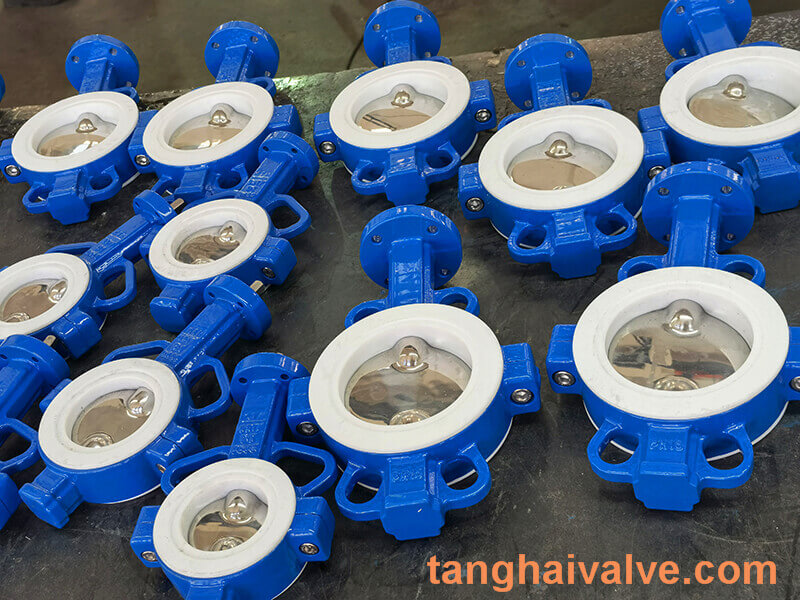
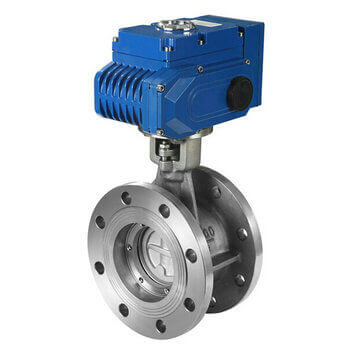
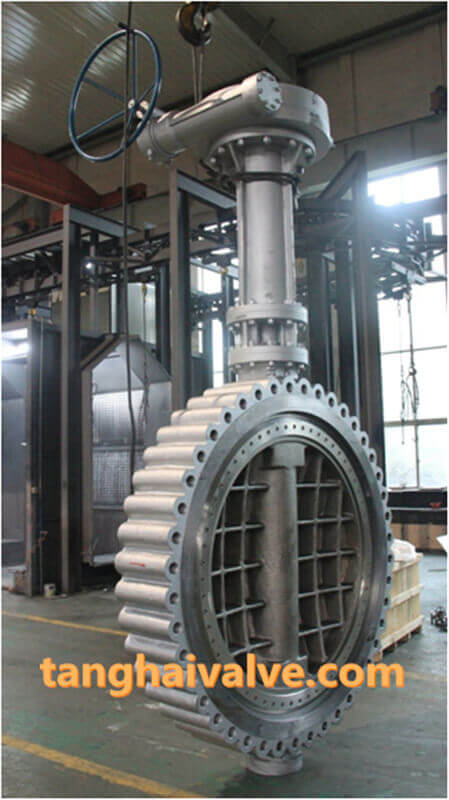
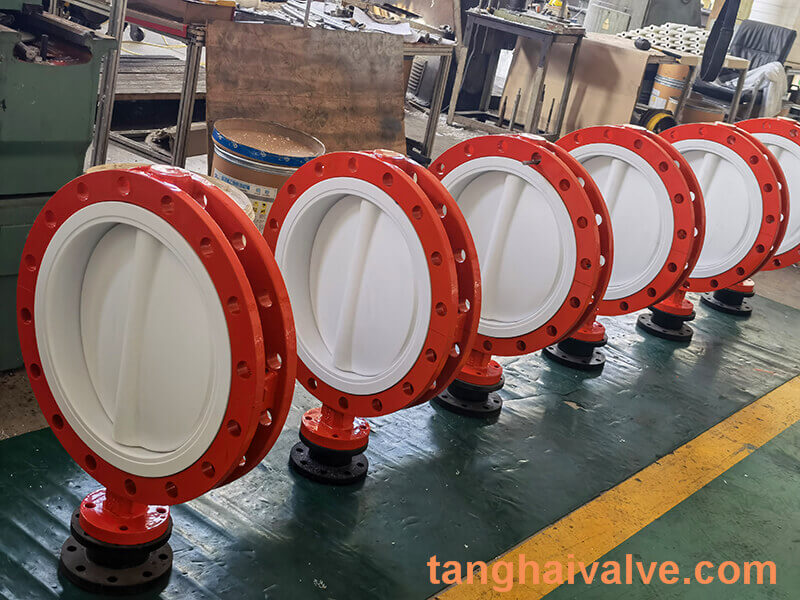
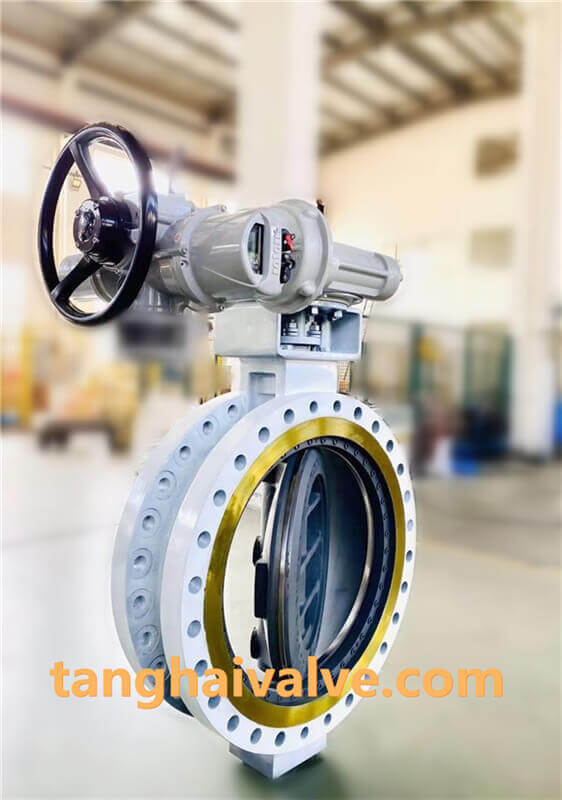
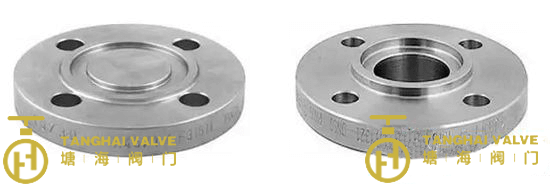
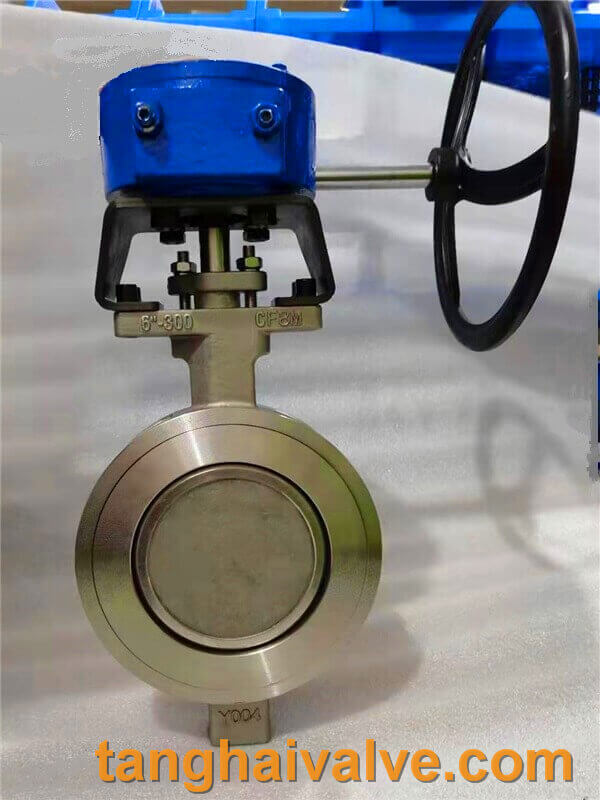
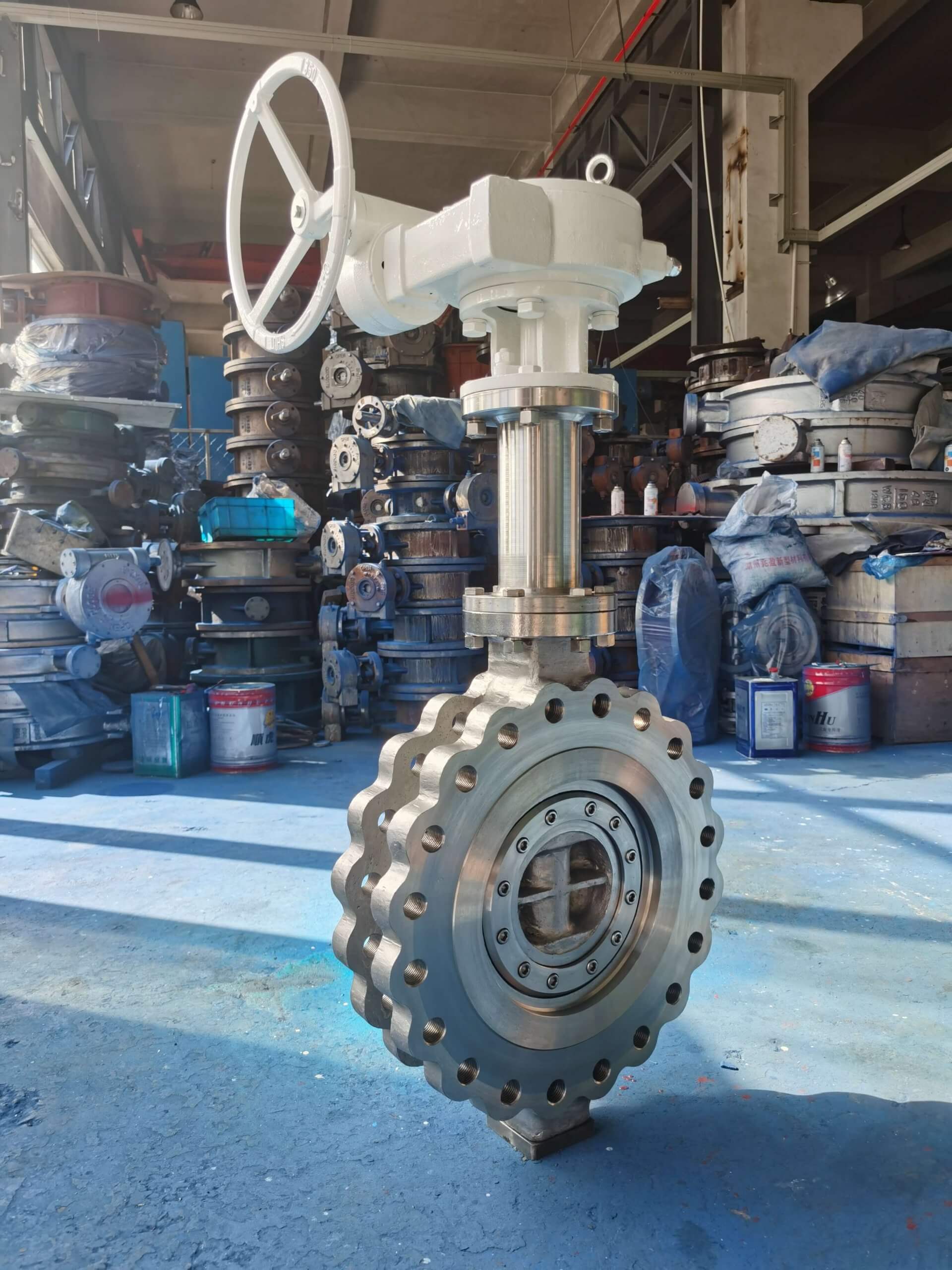
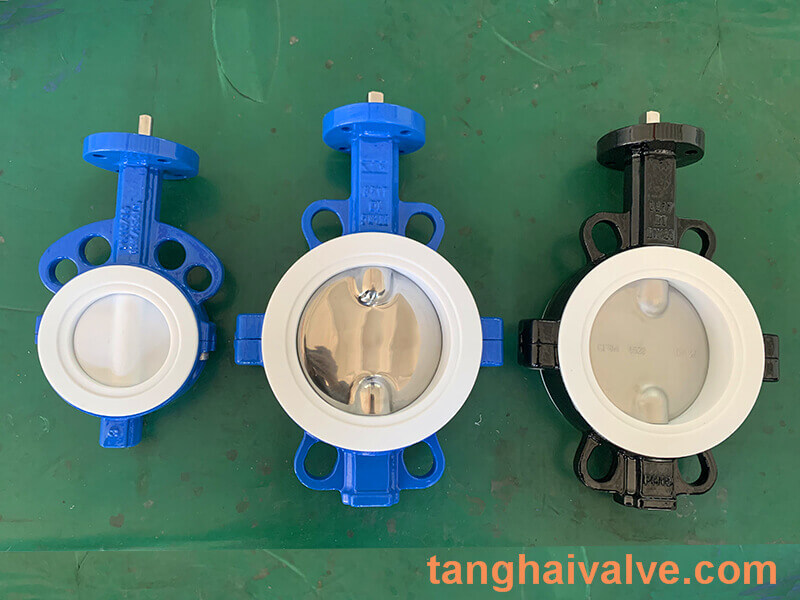
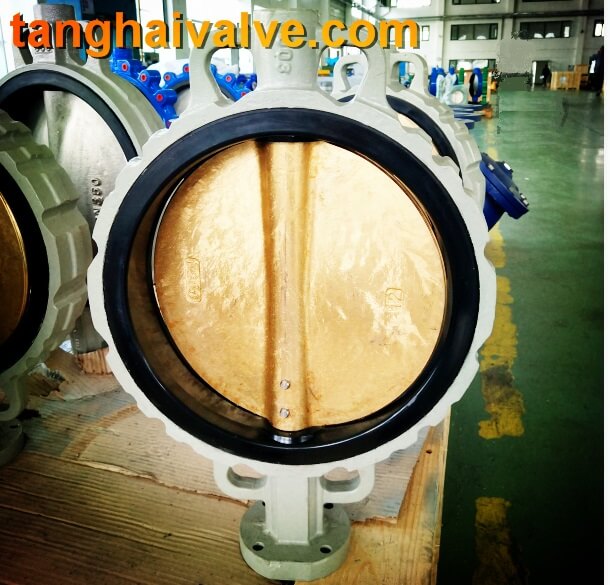
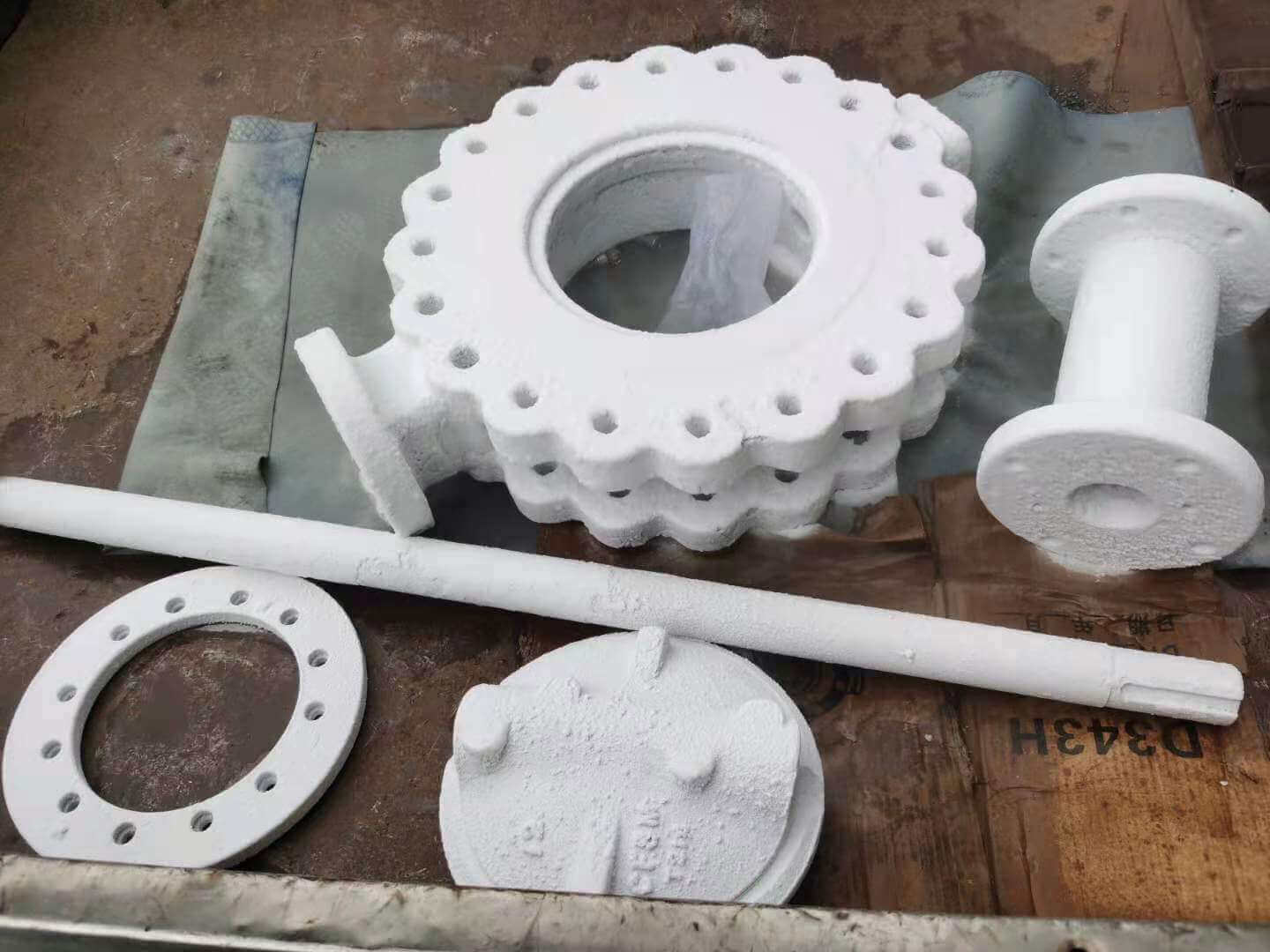


 © Copyright 2020 Tianjin Tanghaidongyang Valve Co., Ltd. All Rights Reserved.
© Copyright 2020 Tianjin Tanghaidongyang Valve Co., Ltd. All Rights Reserved.